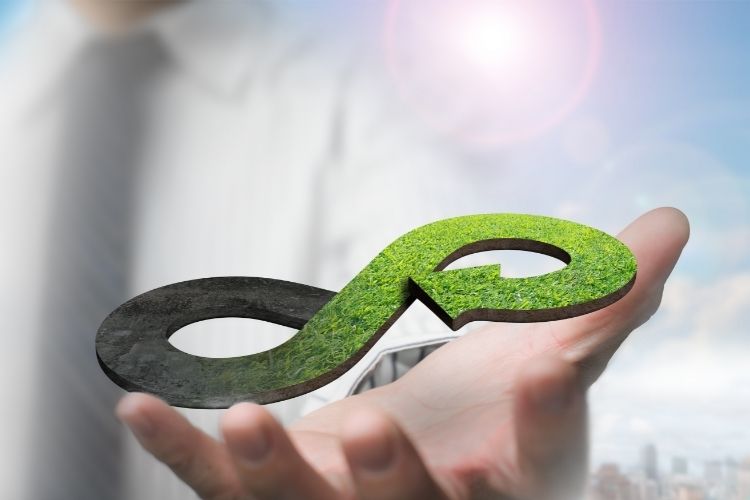When a connected device breaks, what do you do? In the past, many people have opted to replace, but in today’s circular world, repair is becoming a more viable option. This offers clear benefits: saved money and a saved planet.
Electronics are one of the fastest growing waste streams in the world, and nearly 70% of all the emissions associated with personal computing devices arise during production. Naturally, if we are able to extend the lifespan of the device through repair, then we ultimately reduce harmful toxins and emissions into our environment.
Let’s take a look at what is happening behind the scenes at one technology company. Microsoft recently published findings from a third-party study that shows the benefits of the company improving repairability of its devices.
For the seven devices studied, the study showed that repairing the product instead of device replacement can yield up to a 92% reduction in potential waste generation and GHG (greenhouse gas) emissions. What’s more, greater than 20% of the net sustainability benefits of repair are determined by the transportation method and logistics for delivering devices to repair facilities.
With all of this in mind, “mail-to” repair services offer the lowest GHG emissions, even over long distances, compared to other transportation methods, such as consumers driving their own vehicles to repair facilities.
The next steps include expanding repair shops from commercial-only ASP (Authorized Service Provider) access to consumer access, while improving the centrality of repair facilities. Also, the findings suggest expanding beyond ASP facilities, which was recommended in a recent Federal Trade Commission Report.
The findings also call on improving the availability of spare parts, tools, and instruction, promoting bulk “mail-to” repair services, and continue to design devices for repairability.
The movement from “replace to repair” is one consumers might soon see in many walks of life. In past decades, we have amassed all this stuff and it continues to pile up. The make-take-waste model was successful for many decades, but now we are moving from this linear economy to a more circular one where many are looking to reduce the load, reuses, and redevelop resources through a renewable process.
Simply, OEMs (original-equipment manufacturers) will soon increase their circular role in our systems and components supply chain, especially if we want to lower our GHG and help our planet. We have a huge opportunity, as this new trend will have a profound impact on how consumers interact with goods and services in their personal lives for years to come.
Want to tweet about this article? Use hashtags #IoT #sustainability #AI #5G #cloud #edge #futureofwork #digitaltransformation #green #ecosystem #environmental #circularworld


